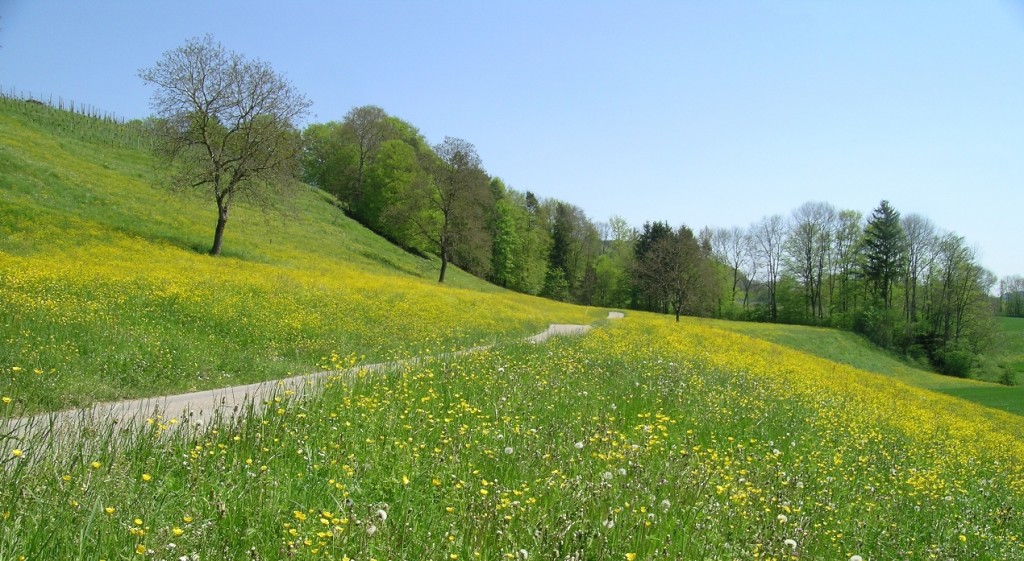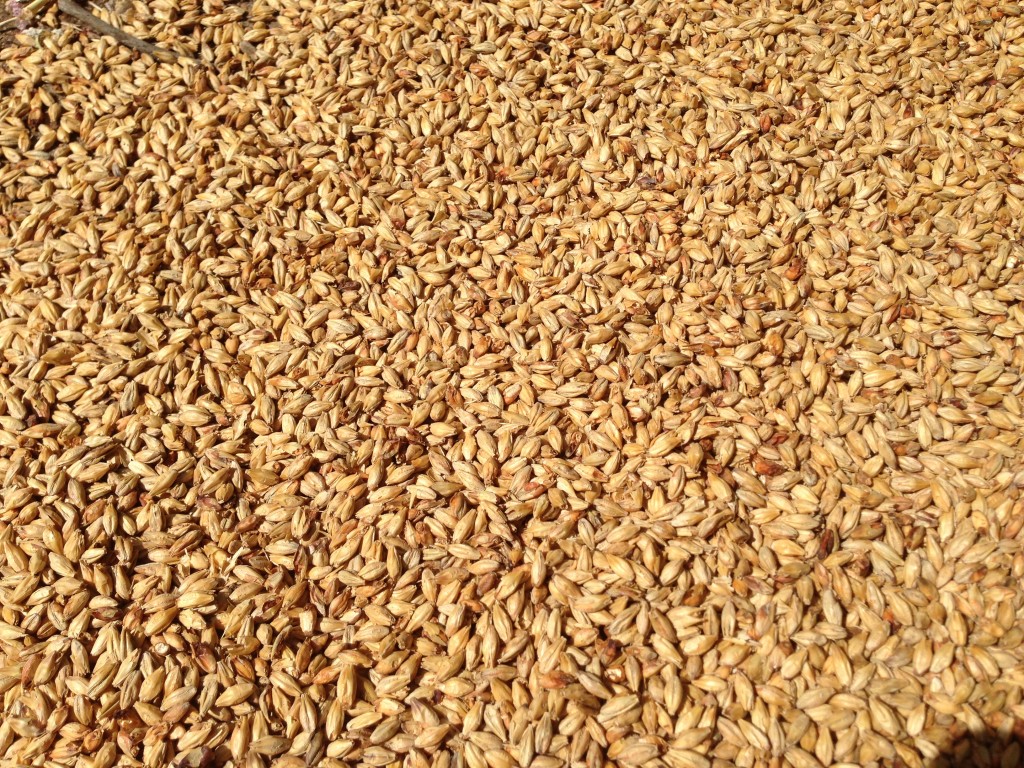This is the introductory post for another entry in Beer and Wine Journal’s beer style series. Previous styles profiled are American Hoppy Ales (American Pale Ale, IPA, etc.), Dry Stout, German Wheat Beer, Golden Ale, Porter, and Russian Imperial Stout.
With the current wintery blast engulfing most of the US, many homebrewers may be looking forward to Spring. One way to prepare for the annual return of warmer weather is to brew a Maibock (which translates from the German as May Bock). Although commercial Maibocks are often available from late-winter through early summer, they are most strongly associated with Spring. Most Maibocks clock in at around 6–7% ABV. So, if you brew one now (in January), you can lager it for 2–3 months and it will be in great shape by April or May.
Description
Maibocks are in the bock family of beers and, as such, are fairly strong lager beers. The BJCP gives the range of original gravities (OGs) as 1.064 to 1.072 — roughly 16 to 18 °Plato. Unlike most other bockbiers, however, Maibocks are pale in color and comparatively hoppy. Brewed mostly, or entirely, from pale base malts, Maibocks are generally golden in color. The BJCP gives the range as 6–11 SRM. They are also a little drier than other bock styles. The BJCP gives the range of final gravities (FGs) as 1.011–1.018 (roughly 3 to 4.5 °Plato), which gives an ABV range of 6.3–7.4%.
The IBU range of Maibocks is given as 23–35. Although the beer is more bitter than other members of the bock family, it is brewed from soft water — not water rich in sulfates, as many hoppy ales are brewed with. You can think of the beer as a transition from the strong, dark, malty doppelbocks of winter, to the paler, more bitter, Pilsners of summer. In order to get a better picture of its characteristics, you can also think about maibocks in relation to other beer styles.
Comparisons to Other Pale Lagers
One easy comparison is to Pilsner beers. German Pilsners are pale, fairly hoppy lagers — how do Maibocks differ from them? The primary differences between a Pilsner and a Maibock are strength and bitterness. Maibocks are generally at least 1% ABV stronger than Pilsners, and — although the IBU ranges overlap a bit — they are not as bitter as the hoppiest Pilsners. They are similar to Bohemian Pilsners in that, although they are fairly hoppy beers, they are brewed with brewing liquor containing relatively few dissolved minerals, including sulfates (i.e. soft water). So, you can think of a Maibock as a stronger, albeit slightly less bitter, version of a Bohemian Pilsner. However, the best style comparison is still as a lighter-colored, more attenuated, hoppier bockbier.
Comparison to Pale, Hoppy Ales
If you describe a beer as pale and hoppy, an obvious comparison that will arise in many brewer’s minds is to pale ale or IPA. The most obvious difference between the two is that pale ales and IPAs are ales, while a Maibock is a lager. However, there are other key differences. Although bitter in comparison to other bockbiers, Maibocks do not rival IPAs in terms of bitterness. In addition, although brewed almost entirely from base malts and drier than other bocks, Maibocks are nowhere near as highly attenuated as IPAs. And the hop character of a Maibock differs from that of a pale ale, even though the IBU ranges overlap. Softer brewing liquor, noble hops, and less late hopping means the overall hop character in a Maibock is less intense than a typical pale ale. In addition, many pale ales and IPAs have a bit of caramel flavor from crystal malts while Maibocks do not.
Overview of Brewing
Maibocks are brewed from fairly soft water. You’ll need sufficient calcium to hit your proper mash pH, but don’t add lots of gypsum to your brewing liquor. Maibock is brewed from pale base malts — Pilsner and Vienna — with some Munich malt thrown in to add to the overall malt character of this bockbier. Crystal or caramel malts are not used, or if they are, only in small amounts. The beer is hopped with noble hops. Brewers can employ a single infusion mash if fully-modified malts are used or a decoction mash if the majority of the grist is undermodified malt.
For most homebrewers, the fermentation is going to be the “make or break” aspect of this beer. Pitching an adequate amount of yeast and holding fermentation temperatures steady (and in the right range) is required to brew a quality Maibock. This beer is a great candidate for kräusening, both to clean up the green beer flavors and aromas and avoid the “homebrew lager” flavor. Although Maibock is a strong lager, it doesn’t need to be lagered more than a couple months if the fermentation was ordered. (An ordered fermentation is one that starts promptly, proceeds without stalling and reaches a reasonable terminal gravity.)
Brew your Maibock now (January), and it will be ready for Spring. I’ll cover each of the topics in this paragraph in more depth in the coming week.
The next article in this series will discuss malts and mashing.
—
Related articles



Speak Your Mind